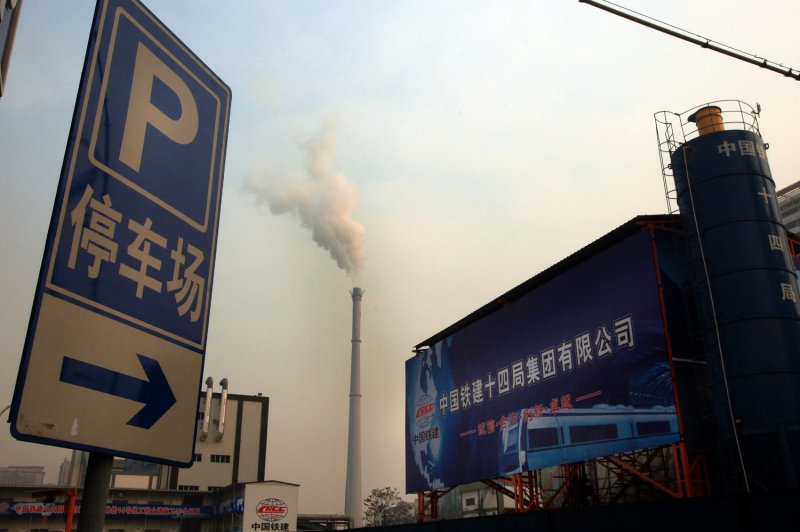ScienceRocks
Democrat all the way!
- Banned
- #1
Research: Carbon emissions rise in 2017 after leveling off for 3 years

Monday's report is a disappointment to some who believed that three recent years without an increase was the start of a worldwide fall in carbon dioxide emissions.
The results are a disappointment to those who believed that three years without an increase was the start of a worldwide fall in carbon dioxide emissions. "Global CO2 emissions appear to be going up strongly once again after a three-year stable period. This is very disappointing," researcher Corinne Le Quere of the Tyndall Centre for Climate Change Research at England's University of East Anglia told CNBC. "This is a window into the future. We need to reach a peak in global emissions in the next few years and drive emissions down rapidly afterwards to address climate change and limit its impacts."
The Global Carbon Budget also noted that cumulative carbon emissions include readings from the atmosphere, on land and in the water. In each case, stores of emissions, known as natural sinks, grew in the years 2007 to 2016 in response to increased man-made emissions.
Research: Carbon emissions rise in 2017 after leveling off for 3 years
Nov. 13, 2017 -- Worldwide carbon dioxide emissions from industry are projected to rise 2 percent in 2017 after staying flat for three consecutive years, the Global Carbon Project announced Monday.
The organization was founded in 2001 to quantify global carbon emissions and headquartered in Canberra, Australia. Monday, it simultaneously published its annual findings, the Global Carbon Budget report, in three scholarly journals. The report shows that emissions from industry and use of fossil fuels leveled off between 2014 and 2016 after increases every decade since the 1960s, but will rise this year. China, with its use of coal increasing, is projected to see a 3.5 percent rise in emissions. The United States is expected to see a 0.4 percent decline and the European Union a decline of 0.2 percent.

Monday's report is a disappointment to some who believed that three recent years without an increase was the start of a worldwide fall in carbon dioxide emissions.
The results are a disappointment to those who believed that three years without an increase was the start of a worldwide fall in carbon dioxide emissions. "Global CO2 emissions appear to be going up strongly once again after a three-year stable period. This is very disappointing," researcher Corinne Le Quere of the Tyndall Centre for Climate Change Research at England's University of East Anglia told CNBC. "This is a window into the future. We need to reach a peak in global emissions in the next few years and drive emissions down rapidly afterwards to address climate change and limit its impacts."
The Global Carbon Budget also noted that cumulative carbon emissions include readings from the atmosphere, on land and in the water. In each case, stores of emissions, known as natural sinks, grew in the years 2007 to 2016 in response to increased man-made emissions.
Research: Carbon emissions rise in 2017 after leveling off for 3 years








